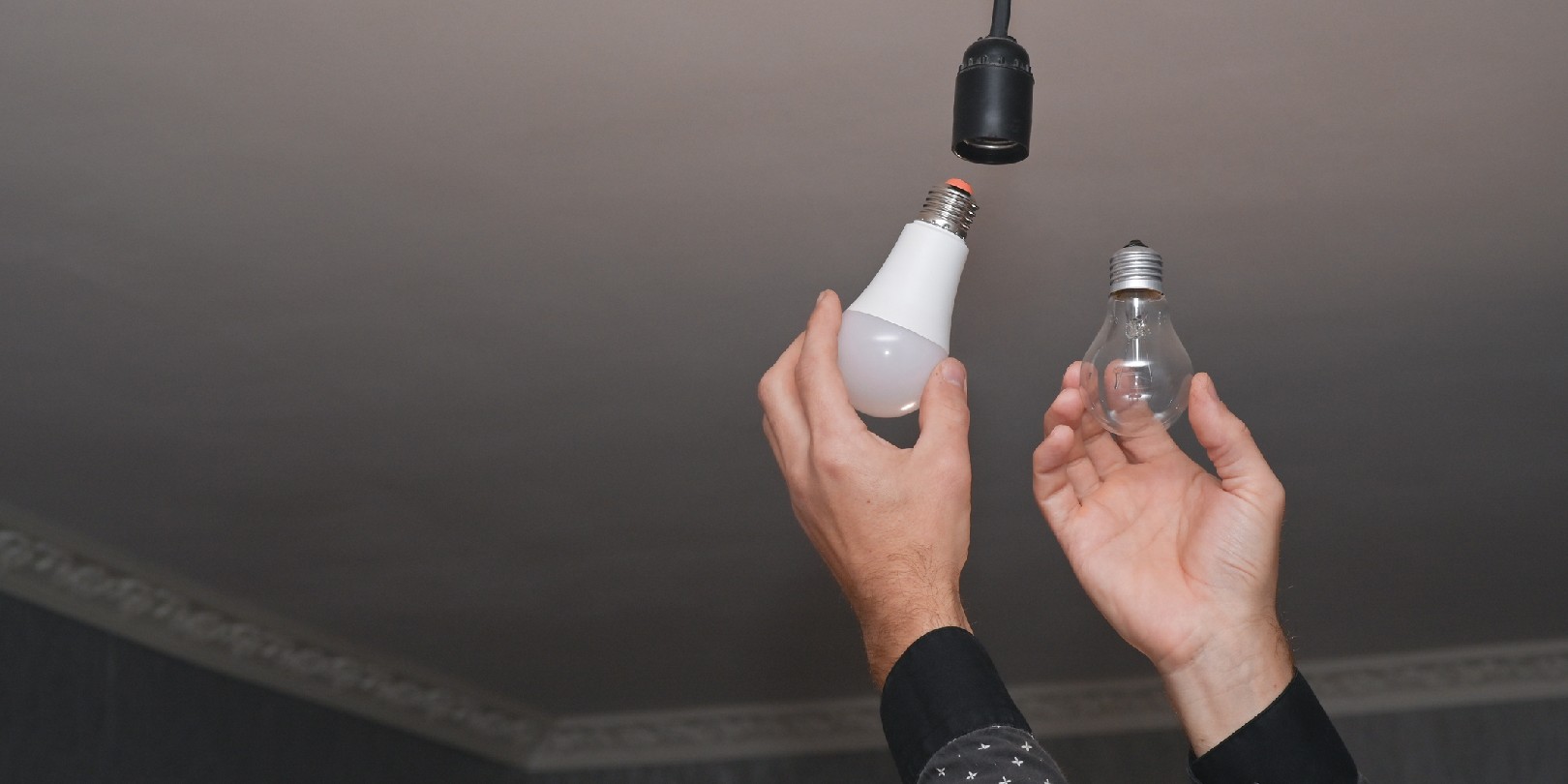This content was originally published on OldHouseOnline.com and has been republished here as part of a merger between our two businesses. All copy is presented here as it originally appeared there.

When it comes to choosing the right type of lightbulb for your needs can be a tough decision. It’s not just about the wattage or the design of the bulb, you also have to consider the type of bulb itself. Incandescent bulbs have been around for a long time, but they are no longer the go-to choice when it comes to lighting. LED bulbs are the mainstream choice these days since they offer some advantages over their predecessor.
This post will reveal which type of lightbulb lasts longer so you can be sure you’re making the right choice. We’ll cover the key differences between incandescent and LED bulbs when it comes to life span, cost, wattage, colors, and more. We’ll also discuss the benefits of each option so you can decide for yourself which type of lightbulb is right for you.
Lighting Basics
Incandescent bulbs contain gas and use a filament that, when heated by electric current, produces a bright light. On the other hand, LED (light-emitting diode) bulbs produce light from electrons flowing through a semiconductor material. LEDs are about 80-90% more efficient than incandescent bulbs, but they can cost significantly more up-front than incandescent bulbs.
Comparing the Lifespans of Incandescent vs. LED Lighting
Typically, incandescent bulbs last around 750 to 1,000 hours. On average, an LED bulb will last 20 to 25 times longer than its incandescent counterpart – up to 25,000 hours! This means that if you use an LED bulb for three hours per day, it could last over 21 years before needing a replacement. By comparison, an incandescent bulb could need replacing after just eight months after the same amount of time.
Energy Efficiency of Incandescent vs. LED Lighting
In addition to having much longer lifespans than their incandescent counterparts, LED bulbs also boast far superior energy efficiency. LED bulbs use about 75% less energy than their incandescent counterparts and produce far less heat while on. This makes them cooler to touch and reduces the risk of injury from accidental contact with hot surfaces. LED bulbs also don’t contain any hazardous materials and are more environmentally friendly than other types of lighting.
Maintenance Costs of Incandescent vs. LED Lighting
The long life span of LED bulbs also means that you’ll have much lower maintenance costs over time in comparison to incandescent. This could be especially useful in hard-to-reach areas like high ceilings or even outside, where climbing a ladder to change an incandescent bulb can be dangerous and expensive, even if you have a light bulb changer.
Safety Considerations
Incandescent bulbs can get quite hot when on for extended periods of time and can cause burns or ignite nearby combustible materials if they’re not securely in place. On the other hand, LEDs emit much less heat than traditional incandescents, making them generally safer. LED bulbs also don’t contain any hazardous materials, which makes them safer for both people and the environment.
Regulatory Considerations
Due to their higher level of efficiency in comparison to traditional lighting sources like incandescents and halogens, many countries are beginning to mandate LEDs in certain locations or applications due to their lower energy consumption and environmental impact. Some states in the United States have started offering incentives like rebates on LED purchases to encourage homeowners to make the switch from inefficient lighting sources to reduce energy consumption in a sustainable manner.
Conclusion
Overall, when it comes down to comparing incandescents versus LEDs, it’s clear that LEDs offer significantly longer lifespans along with numerous other advantages, including improved energy efficiency and safety benefits over traditional lighting sources. This makes them well worth the initial investment for those looking for something long-lasting and reliable.





